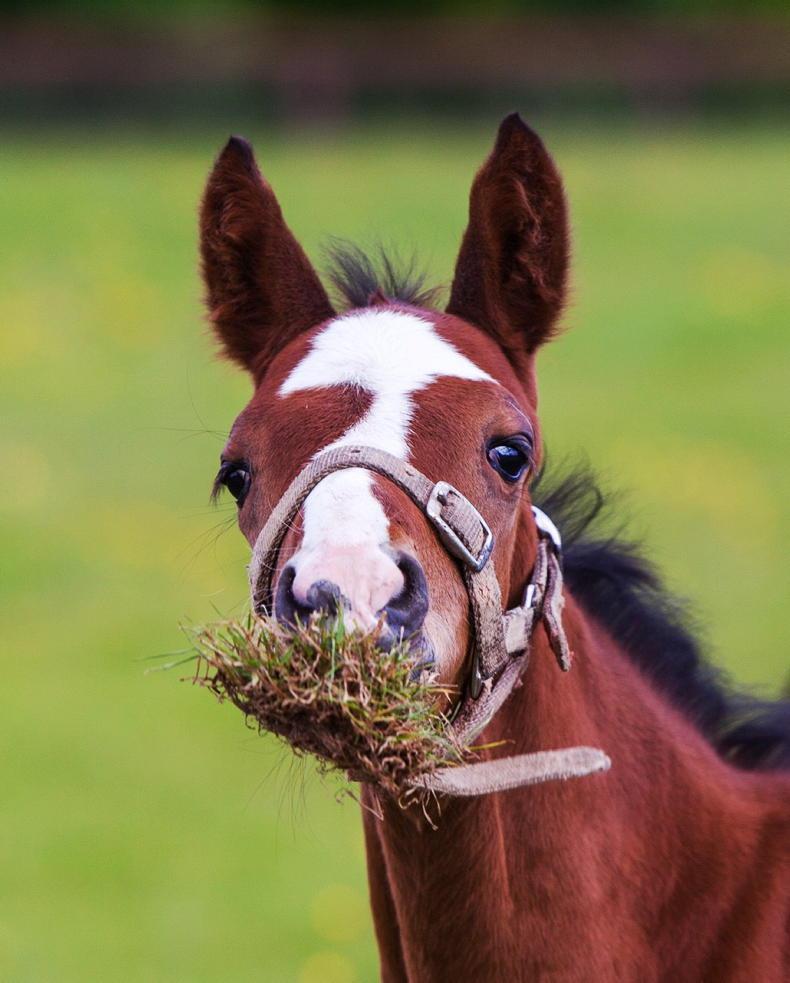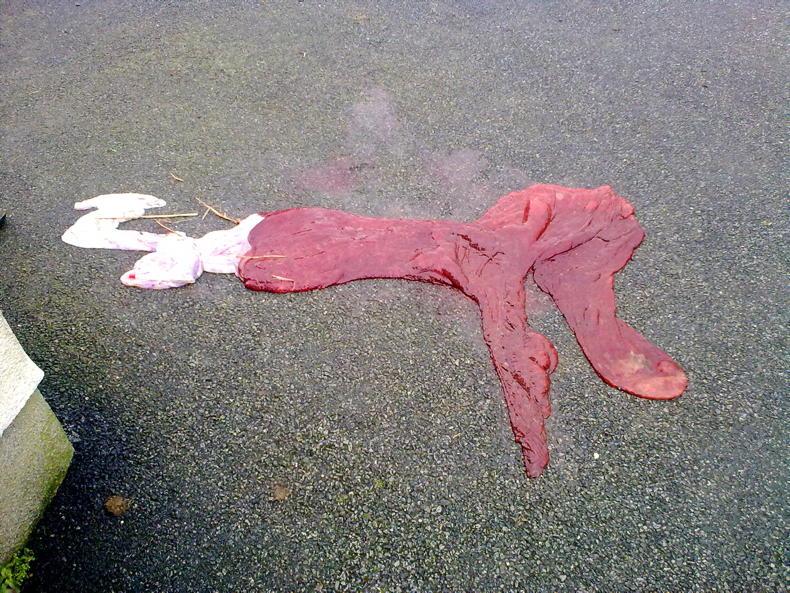Foaling kit essentials - A quick reminder of what to have to hand when it comes to foaling time
Important numbers: Your vet’s number, including after hours numbers, and anyone else who could help in case of emergency. Plus a phone charger!
Headcollar and lead rope: Just in case you need to move or reposition your mare.
Clean buckets: You should have a designated bucket to hold the placenta for further inspection after your mare has foaled. You will also want a clean bucket to wash up in and for cleaning the mare, and in the event that you need to, the foal.Towels or rags: Good for cleaning your mare, drying your hands etc.
Tail wrap or vet wrap: When your mare is in the second stage of labour, you’ll want to wrap up her tail to keep it out of the way during the delivery.
Palpation gloves: In the event that you need to assist with the delivery, these disposable gloves are necessary to protect the mare and foal from infection.
String or baling twine: Good for tying up the placenta.
Scissors: Come in handy for a variety of uses.
An enema for the foal: Administering an enema to a newborn foal can help dislodge any meconium and assist in getting the bowels active.
An antiseptic treatment: For the foal’s navel.
Pen and paper: Important time intervals and events should be documented closely. A mare labouring too long may need intervention. Record the length of time from breaking of waters to when the foal’s nose and feet first protrude through the vulva and from then until delivery. If the entire process takes any longer than 30 minutes your vet should be called.
Torch and batteries: Since a majority of mares foal in the dark hours of night, be prepared with a torch or head lamp.
Thermometer: If your mare or foal has complications, report temperature to vet. Checking temperature in the days prior to foaling can indicate labour is imminent.




 This is a subscriber-only article
This is a subscriber-only article
 It looks like you're browsing in private mode
It looks like you're browsing in private mode










SHARING OPTIONS: